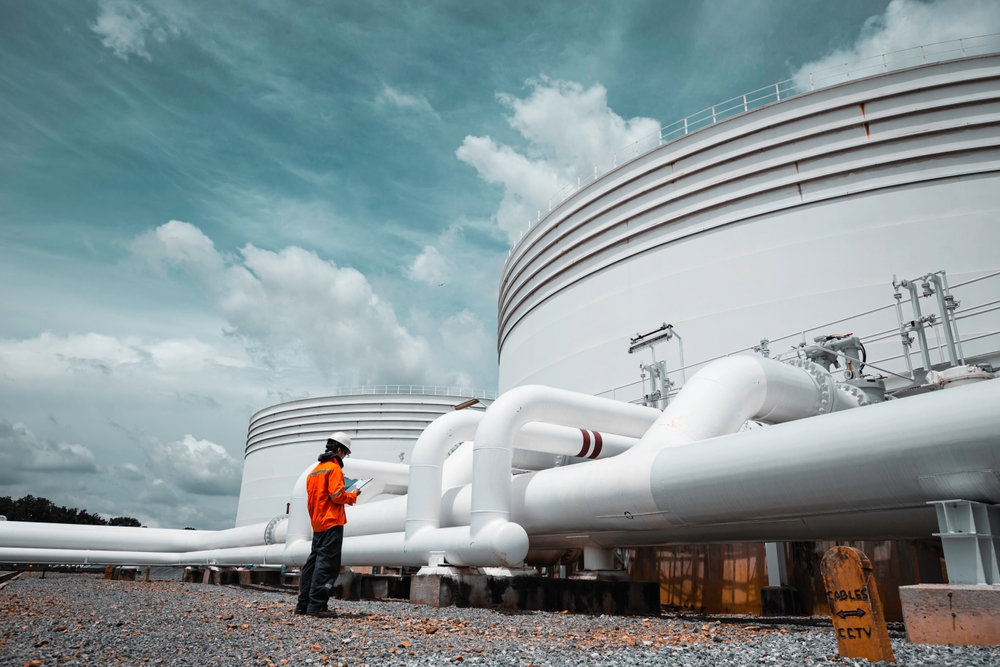
.jpg)
This course is on the principles and practices of Bottom Hole Assembly (BHA) in oil and gas drilling with the main thrust of optimizing drilling efficiency, maintaining wellbore integrity as well as improving effectiveness. It deals with the interrelation of selected BHA elements such as drill bits, stabilizers, and various sensors, and emphasized crucial design factors that enhance drilling processes and reduces unproductive time.
| City | Start Date | End Date | Fees | Register | Enquire | Download |
|---|---|---|---|---|---|---|
| Krakow | 23-06-2025 | 27-06-2025 | 6200 $ | Register | Enquire | |
| Jakarta | 30-06-2025 | 04-07-2025 | 4950 $ | Register | Enquire | |
| Madrid | 07-07-2025 | 11-07-2025 | 6200 $ | Register | Enquire | |
| Vienna | 21-07-2025 | 25-07-2025 | 6200 $ | Register | Enquire | |
| Cairo | 28-07-2025 | 01-08-2025 | 3950 $ | Register | Enquire | |
| Casablanca | 04-08-2025 | 08-08-2025 | 4950 $ | Register | Enquire | |
| Rome | 11-08-2025 | 15-08-2025 | 6200 $ | Register | Enquire | |
| Kuala Lumpur | 25-08-2025 | 29-08-2025 | 4950 $ | Register | Enquire | |
| London | 01-09-2025 | 05-09-2025 | 6200 $ | Register | Enquire | |
| Amsterdam | 08-09-2025 | 12-09-2025 | 6200 $ | Register | Enquire | |
| Krakow | 15-09-2025 | 19-09-2025 | 6200 $ | Register | Enquire | |
| Casablanca | 22-09-2025 | 26-09-2025 | 4950 $ | Register | Enquire | |
| Cairo | 29-09-2025 | 03-10-2025 | 3950 $ | Register | Enquire | |
| Milan | 06-10-2025 | 10-10-2025 | 6200 $ | Register | Enquire | |
| Casablanca | 13-10-2025 | 17-10-2025 | 4950 $ | Register | Enquire | |
| London | 20-10-2025 | 24-10-2025 | 6200 $ | Register | Enquire | |
| Amman | 03-11-2025 | 07-11-2025 | 3950 $ | Register | Enquire | |
| Cairo | 10-11-2025 | 14-11-2025 | 3950 $ | Register | Enquire | |
| Amsterdam | 17-11-2025 | 21-11-2025 | 6200 $ | Register | Enquire | |
| Dubai | 24-11-2025 | 28-11-2025 | 4300 $ | Register | Enquire | |
| Singapore | 01-12-2025 | 05-12-2025 | 5500 $ | Register | Enquire | |
| Amsterdam | 08-12-2025 | 12-12-2025 | 6200 $ | Register | Enquire | |
| Madrid | 15-12-2025 | 19-12-2025 | 6200 $ | Register | Enquire |
The contemporary drilling personnel must know and integrate all necessary disciplines to effectively drill a wellbore. This Oil and Gas Drilling Best Practices and BHA Design Course provides essential fundamentals for drilling, whether for shallow, complex, or high-pressure wells.
However, this course is intended for engineers and operational staff engaged in the design and execution of drilling programs. It reveals the general and specialized spheres of drilling technology, with an emphasis on both theory and practical application.
Participants will delve into computer programs adopted in the design of various elements of upcoming wells, exploring the theory of operation of these programs as well as their practical application. The curriculum will also include modern design and operation principles of Mud Logging.
This training course provides a comprehensive underpinning in drilling methods and technologies, including well design, drilling fluids, downhole tools, hydraulics, and drilling problems.
In this course, participants will learn about the aspects of every element in the drilling string and how to use them appropriately, assess Weight on Bit (WOB), and choose the fitting drill collar. They will also devise effective approaches to assessing drill string dynamics in vertical and inclined hole drilling operations.
Here are the learning objectives for the Oil and Gas Drilling Best Practices and BHA Design Course:
Unit 1: Drilling Hole Problems and Practical Solutions
Unit 2: Preventing Washout and Twist Off
Unit 3: Drilling Fluids Planning and Control, Routine and Special Problems
Unit 4: Well Control & Hydro-dynamic Pressure
Unit 5: Planning Including Mud Logging Requirements
Unit 6: BHA Components
.jpg)
.jpg)


.jpg)














